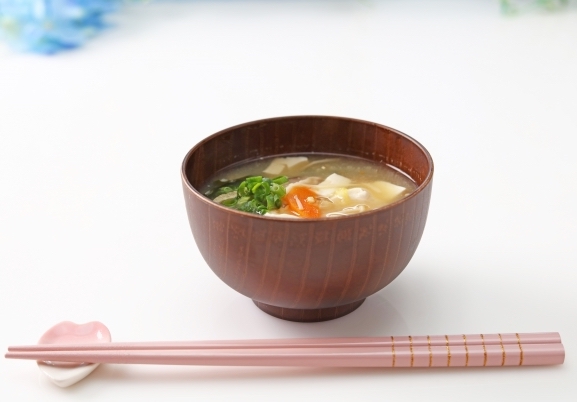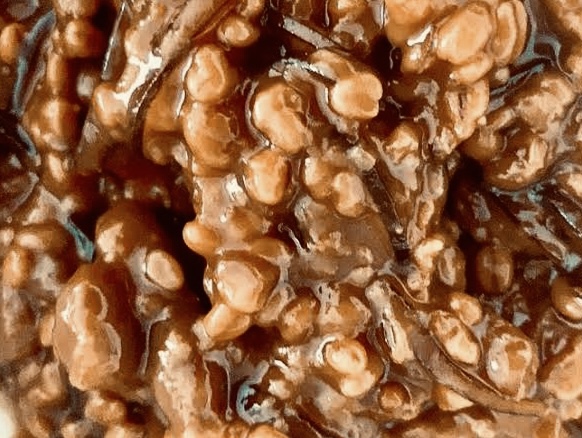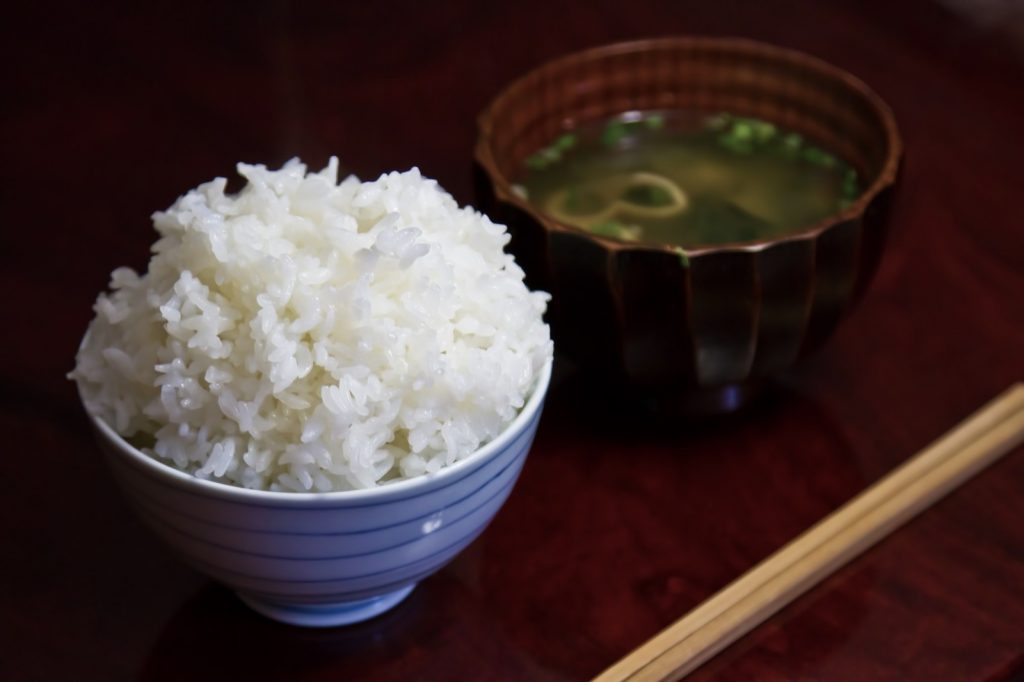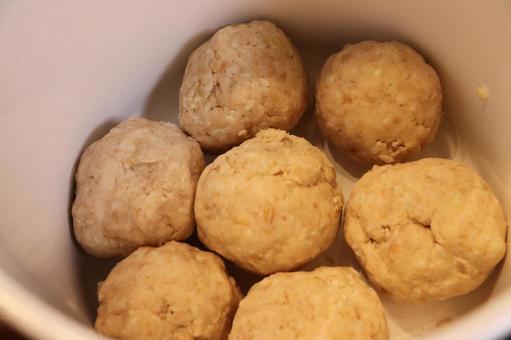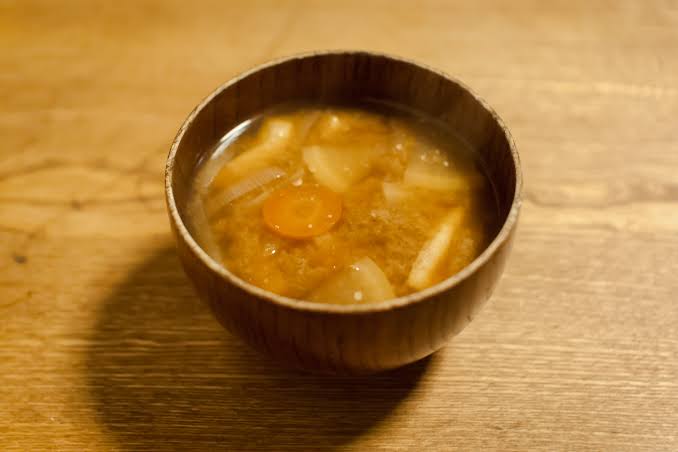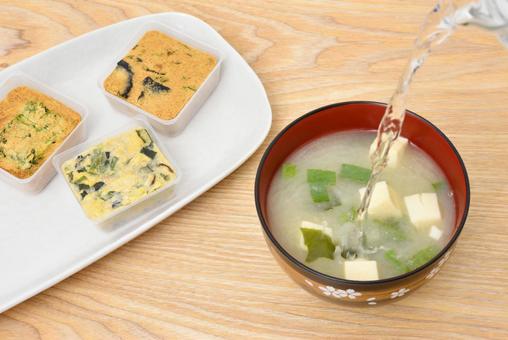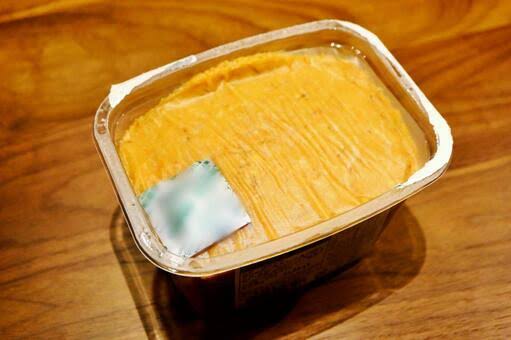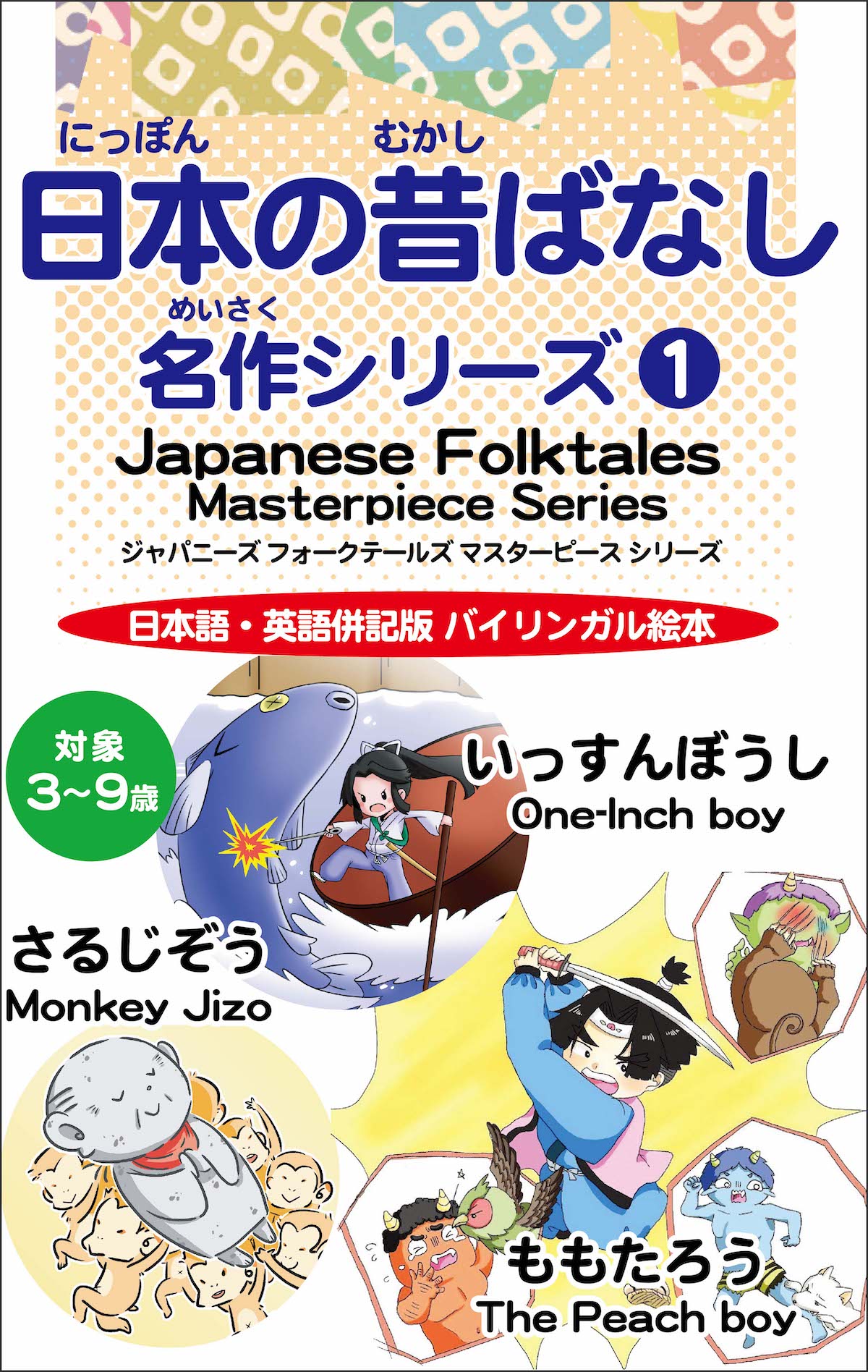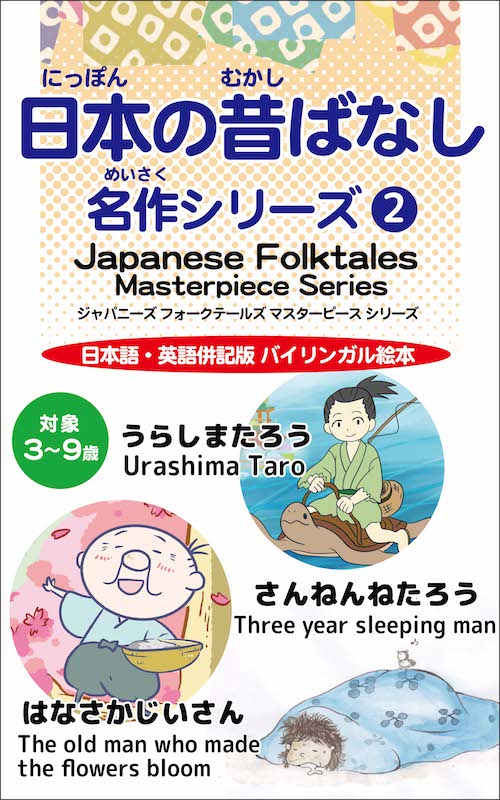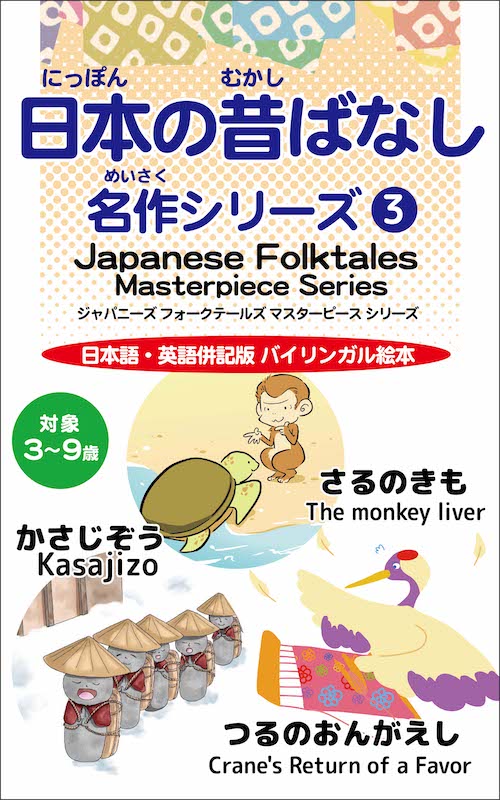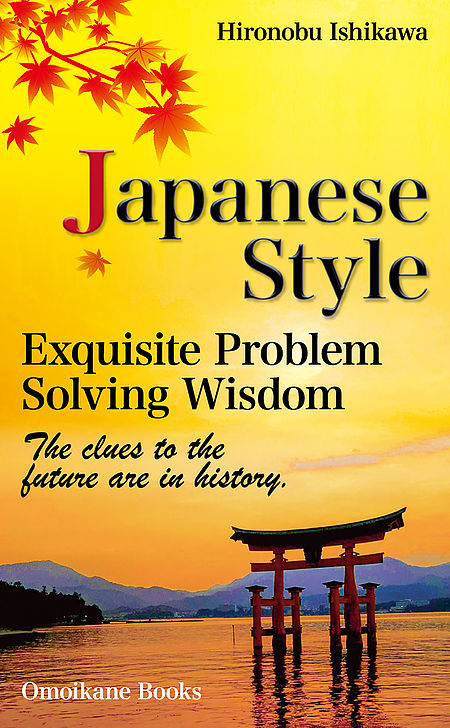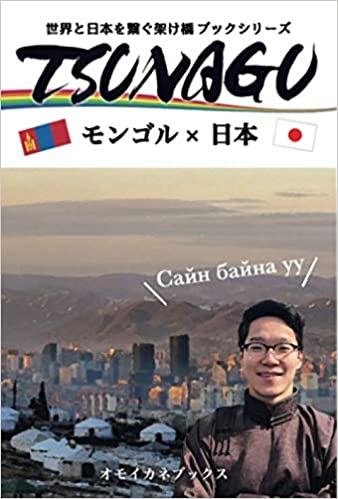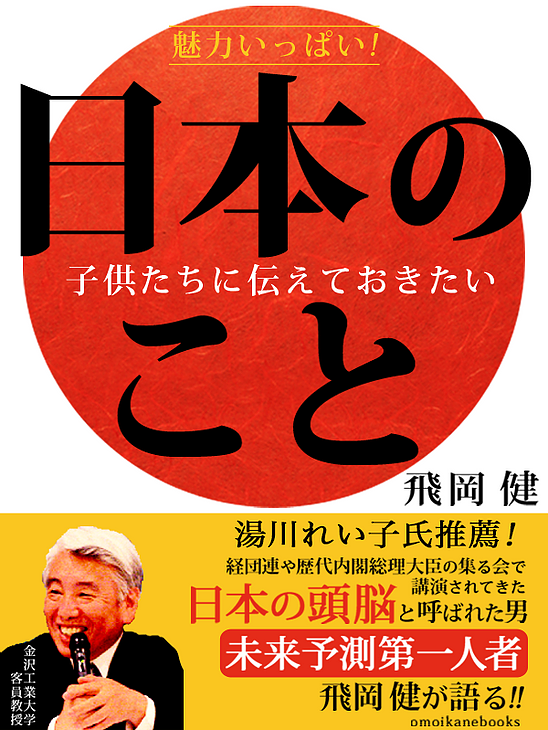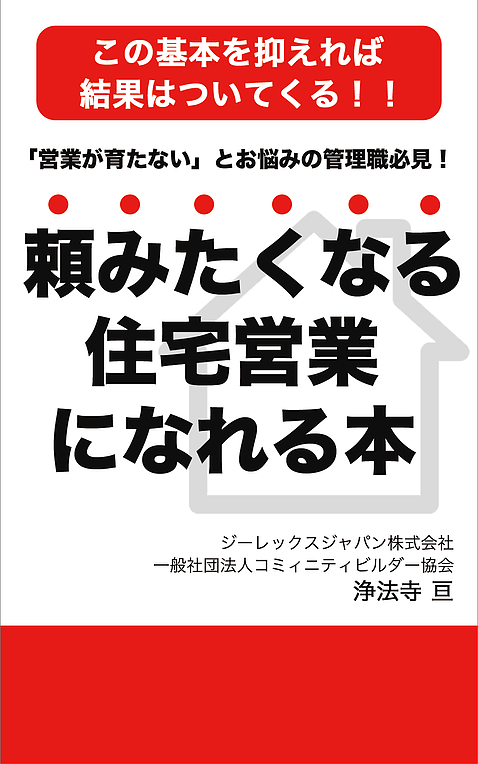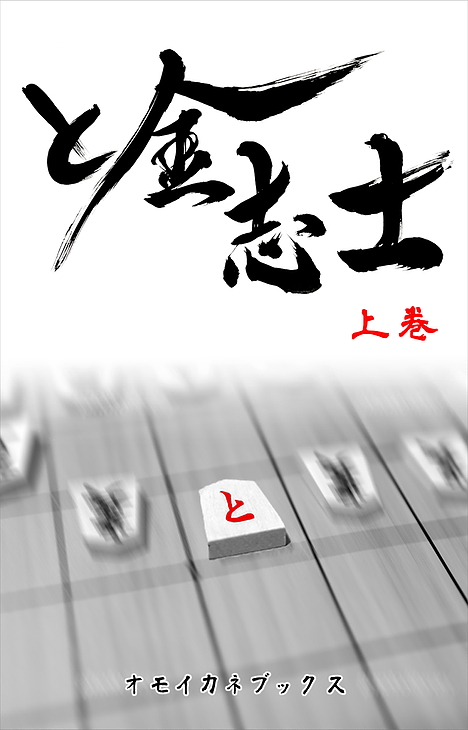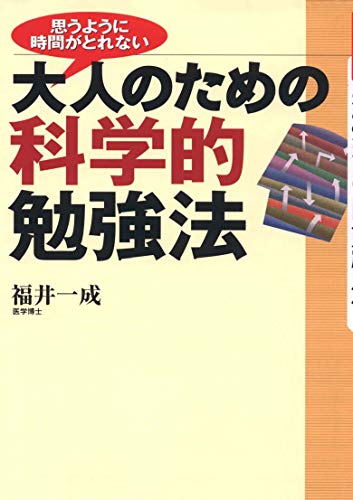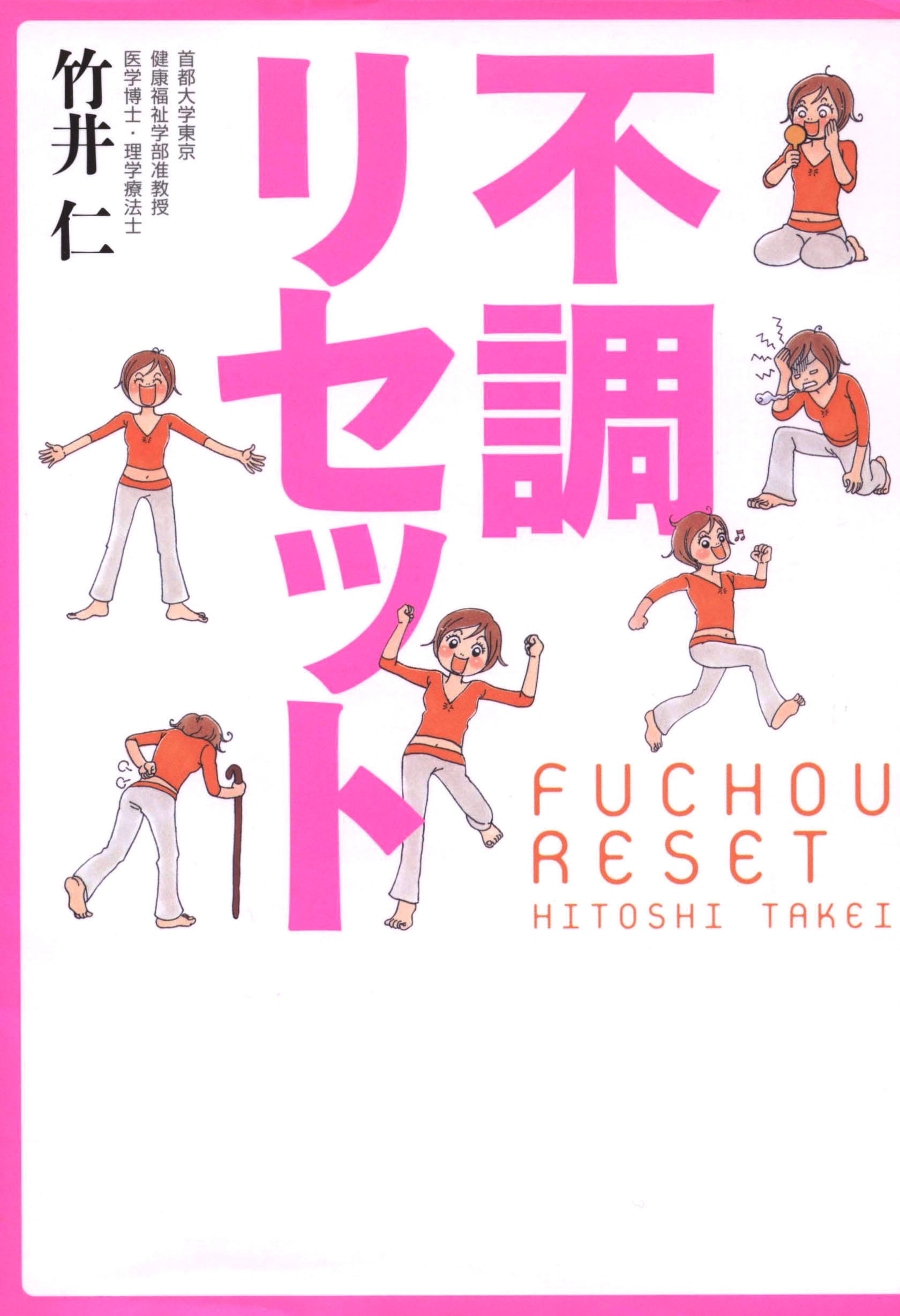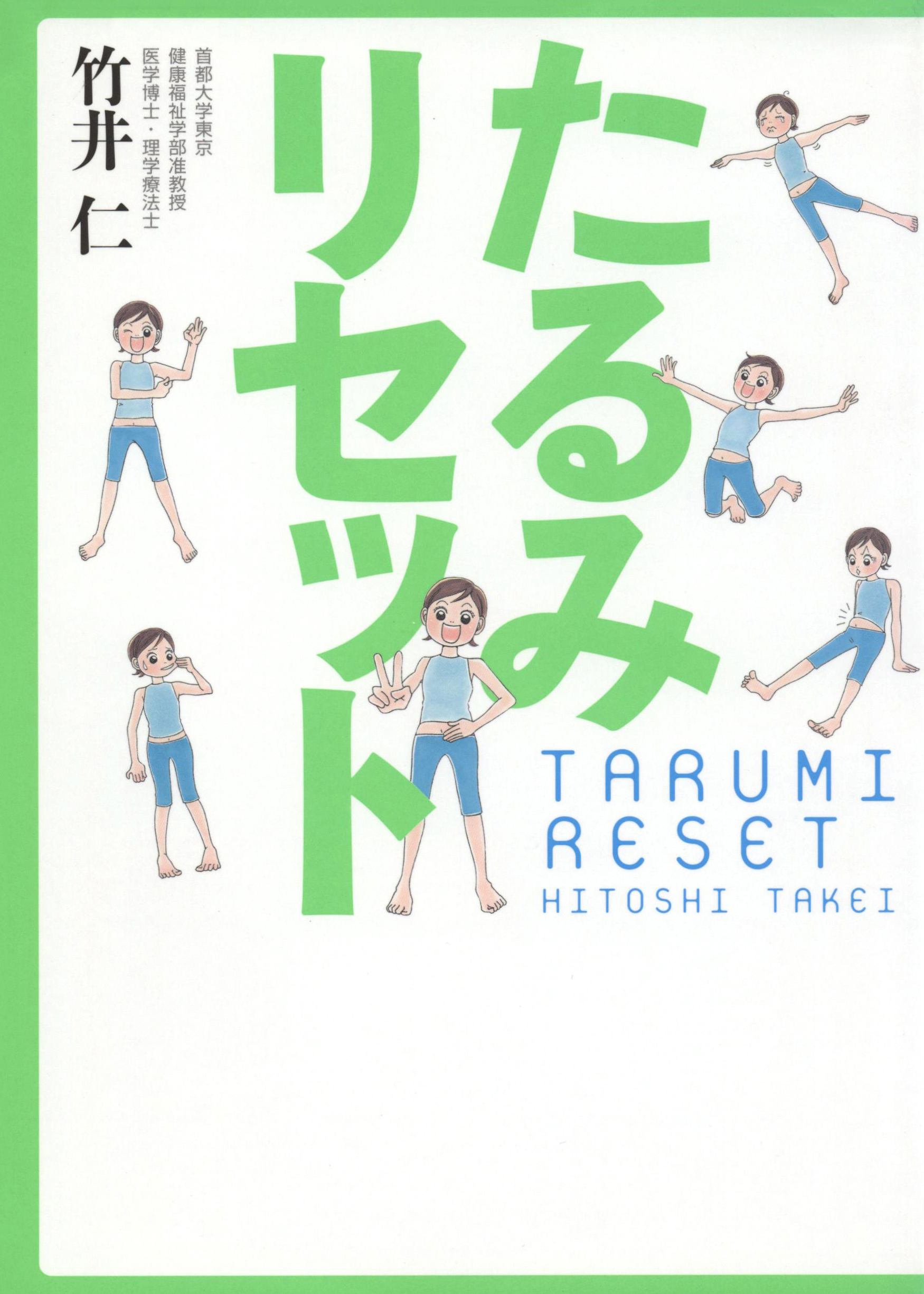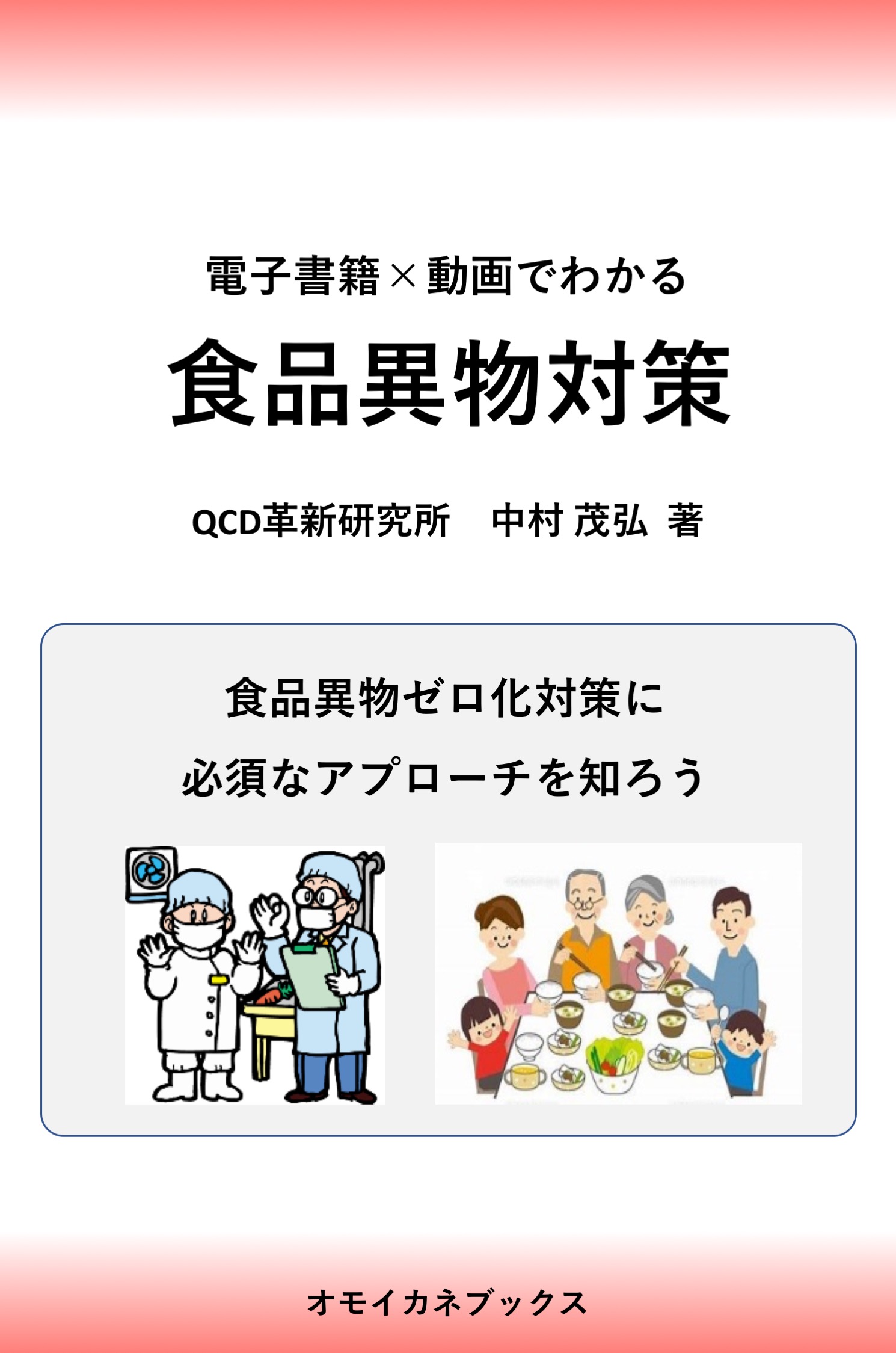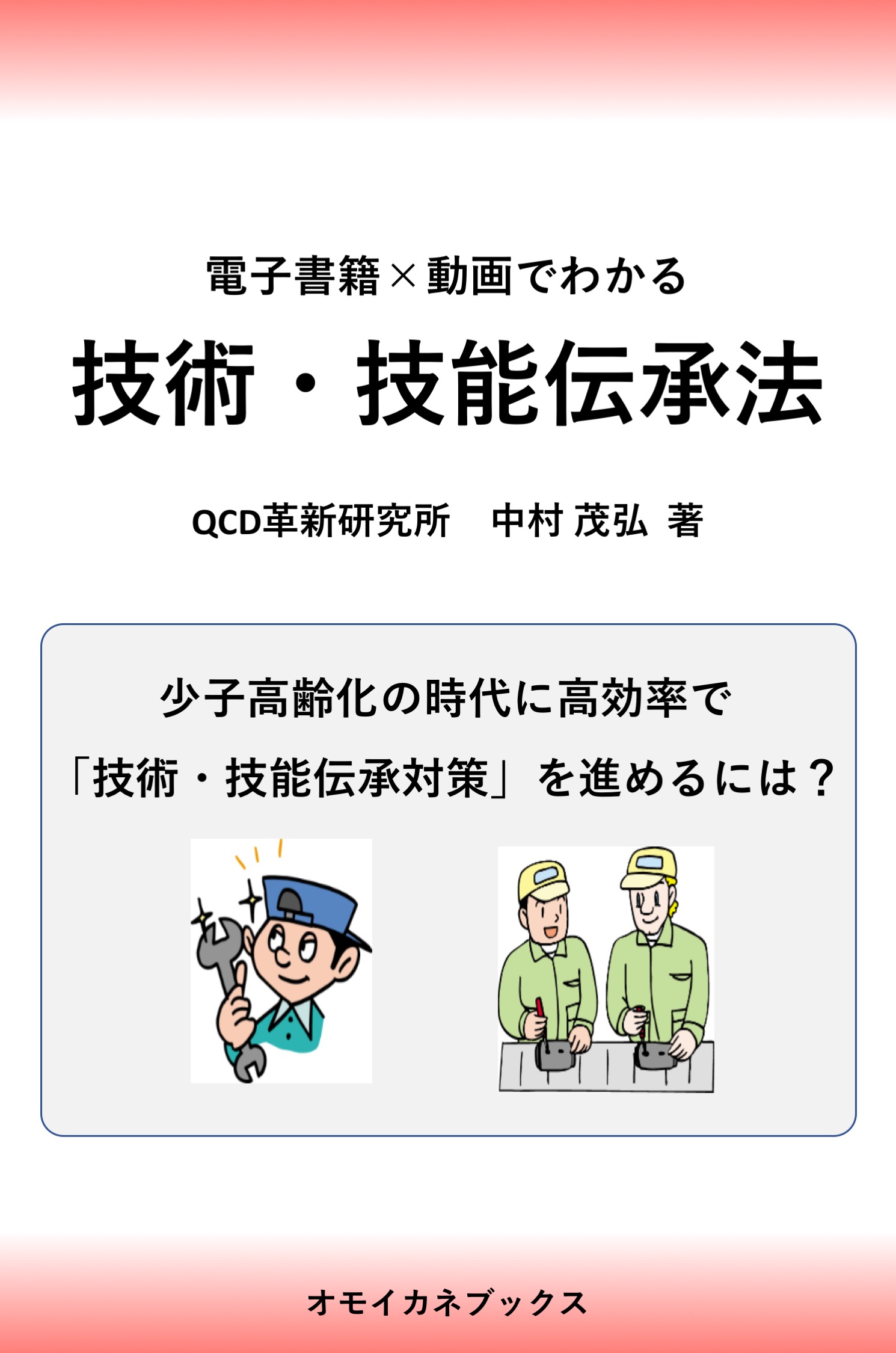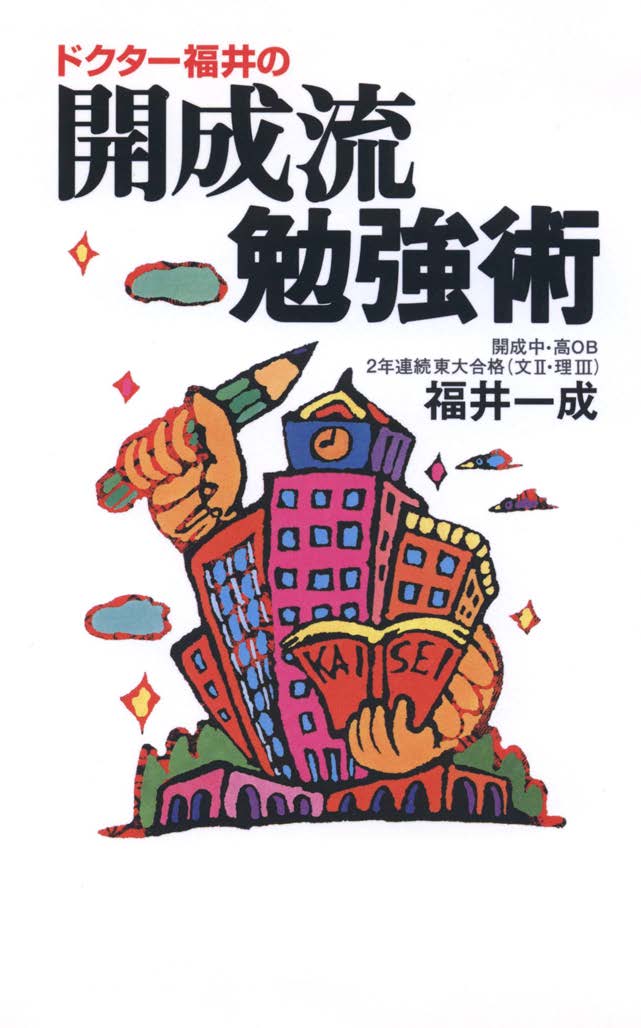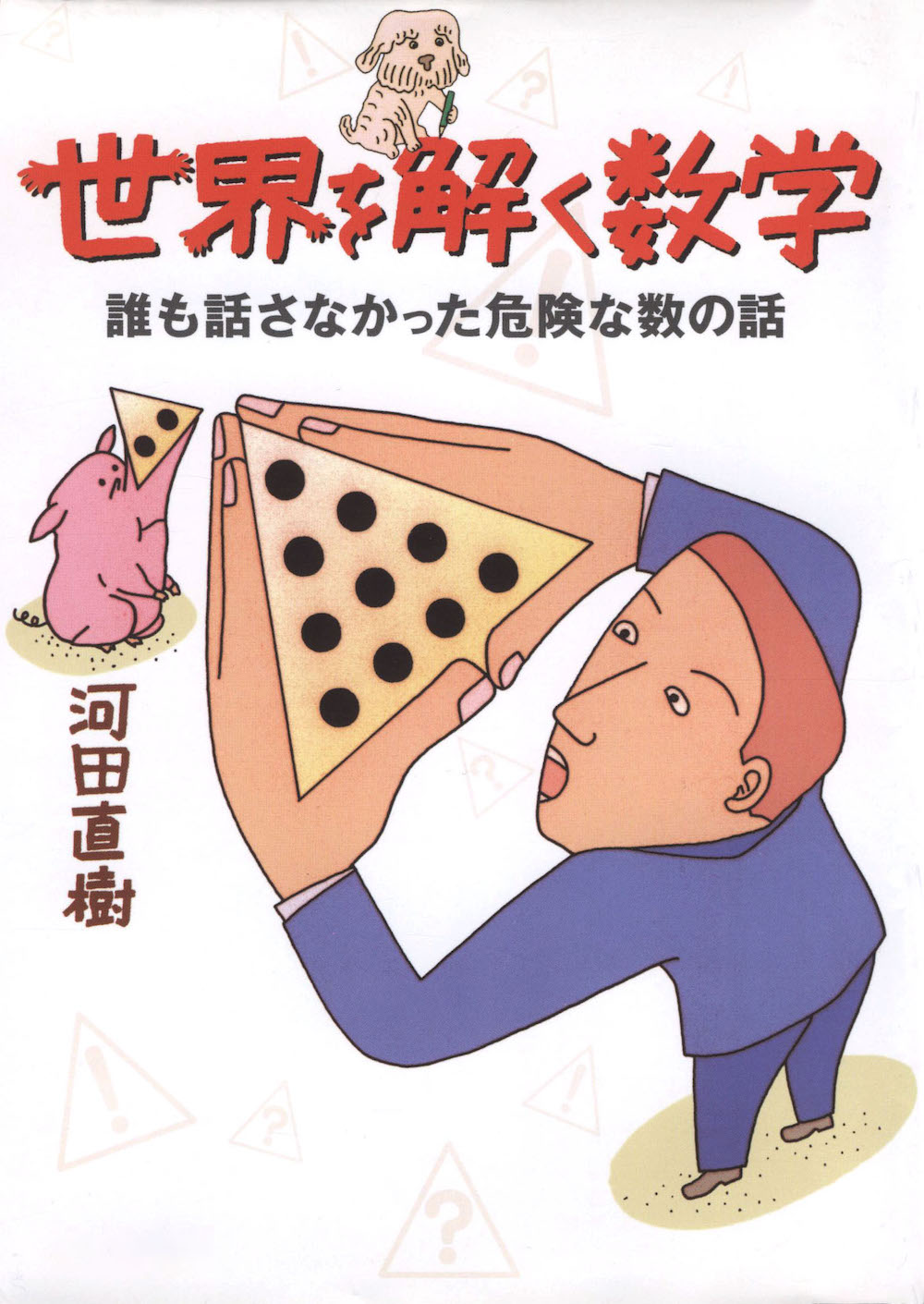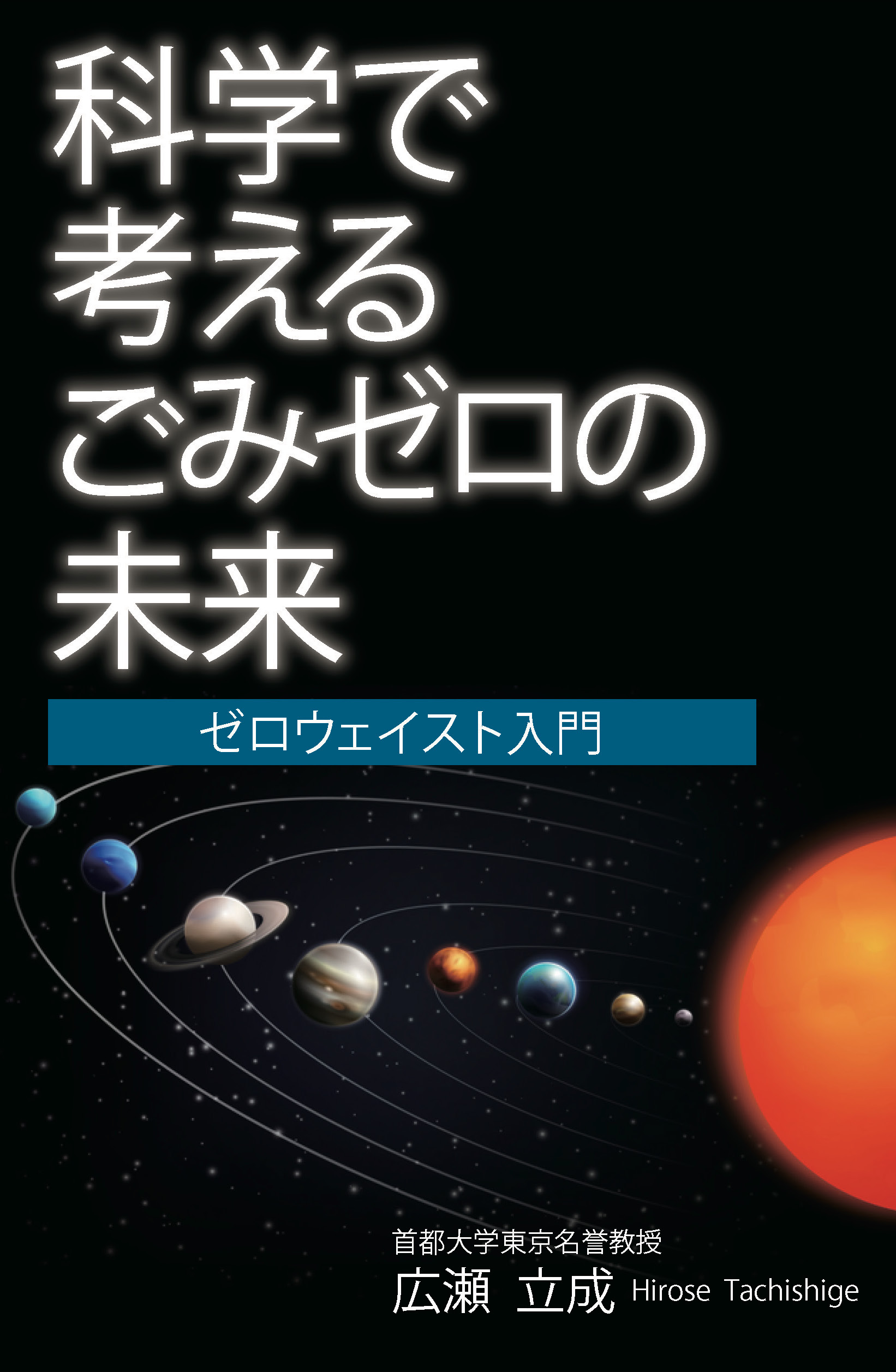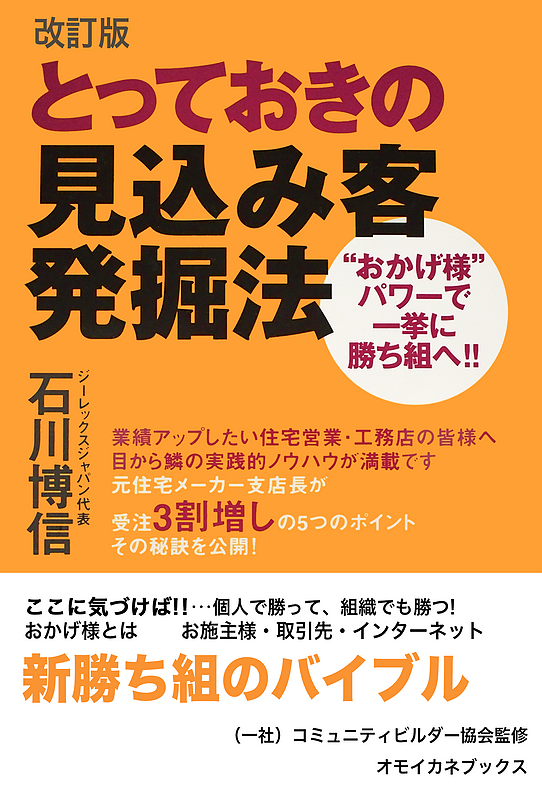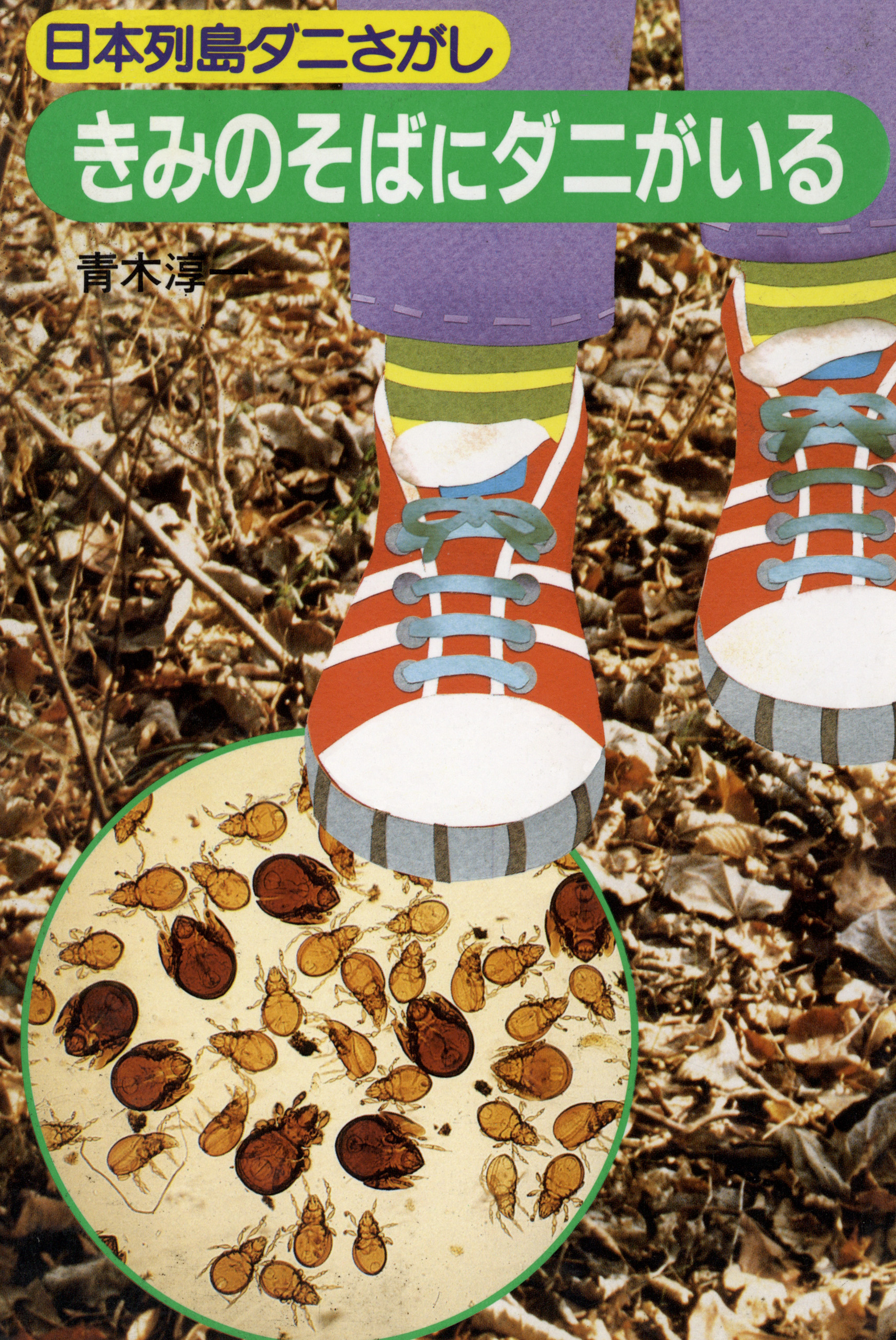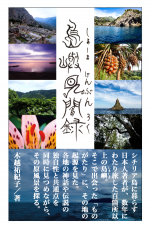現代文化のルーツを探る⑰ 味噌汁
公開日:
:
現代文化のルーツ
皆さんこんにちは。オモイカネブックスの岩瀬です。
オモイカネブックスは、日本文化や日本精神、日本のアートを世界に発信する出版メディアとして活動しています。
皆さん味噌汁飲んでますか?最近はインスタント食品の味噌汁が充実しているので、色々な味噌汁を楽しめますね。インスタントの味噌汁も美味しいですが、やっぱりだしを取った味噌汁の味って違いますよね。うちも毎日ではありませんが、だしを取って味噌汁を作ります。
さて、日本人の食卓ではすっかりお馴染みの味噌汁。そのルーツはどこにあるのでしょうか?味噌が味噌汁として飲まれるようになったのはいつ頃のなのか?味噌汁のルーツを探る旅に出かけましょう!
味噌の起源は古代中国の食品「醤(しょう/ひしお)」「豉(し/くき)」というもので、これが日本に伝わったのは、飛鳥時代と言われています。701年の「大宝律令」に「未醤」という文字が書かれていて、この「みしょう」が「みしょ」となり「みそ」へと変化したということなんですね。「醤」というのは、鳥獣の肉や魚を、雑穀や麹、塩と漬け込んだ「魚醤」に近い発酵食品のこと。「豉(し/くき)」は大豆や雑穀と塩からつくられた発酵食品です。当時の味噌は現在のようなペースト状のものではなく、豆そのものも形をした納豆のようなもので、指で摘まんで食べていたそうです。
平安時代、朝廷のしきたりや行政の形式をまとめた「延喜式」の中にある「造雑物法」に、初めて「味噌」という文字が登場します。貴族たちへ支給された物品の中には「未醤(みしょう)」というものがあって、この未醤がいわゆる味噌だったんですね。この頃は今のように調味料として料理に使うわけではなく、食べ物につけたり、 舐めたりしていました。そしてまだまだ上流階級の人だけが口に出来る贅沢品でした。
鎌倉時代に入り、中国から新しい習慣や食文化が流入してきました。この時すり鉢も伝わって来るんですね。すり鉢を使って粒味噌をすりつぶしたら、水に溶けやすくなったので、これを器の中で溶かして味噌汁として飲むようになりました。それ以来武士たちの食事は「一汁一菜」という形式が基本になりました。一汁一菜のスタイルはこの頃に出来たんですね。
室町時代になると大豆の生産量が増えて、農民たちが自家製の味噌を作るようになります。そして味噌は保存食として庶民にも浸透していきます。この頃、味噌汁も庶民の食卓に登場しました。現代に伝わる味噌料理のほとんどは、この時代に作られたそうです。
戦国時代に入ると、味噌が大活躍をします。味噌は調味料であるとともに、貴重なたんぱく源でした。さらに長期保存が出来る優れものだったので、戦国武将たちは戦場での食料に必ず味噌を持参したのです。陣中食として干したり焼いたりした味噌を食べたり、味噌汁として飲まれていました。
上杉謙信は「越後味噌」、武田信玄は「信州味噌」、豊臣秀吉、徳川家康は「豆味噌」、伊達政宗は「仙台味噌」といったように、各武将たちがオリジナルの味噌づくりをすすめていたといいます。
時は流れて江戸時代。戦国の世が終わりを告げようとする頃、各地の御用商人たちによって味噌の製法が引き継がれていきました。江戸の人口が増えるにつれて、味噌の需要も増加し、生産が追いつかなくなります。そこで、三河や仙台から味噌が江戸へと送られ、味噌屋が大繁盛します。こうして庶民の家庭の食卓でも味噌汁が飲まれるようになりました。
明治から大正、昭和の時代を経て、戦後になると味噌の味は大きく変化します。まだ自家製味噌を作る農家が多かった1948年、農村生活改善普及事業が始ったことで、味噌の製法に関するガイドラインが決められ、衛生面や栄養面など改善指導が入りました。いま一般的売れられている味噌の味は、ここで確立したといわれています。
その後1974年、画期的な味噌汁が登場します。フリーズドライ製法が確立しがことで、現在のインスタント味噌汁が生まれたのです。さらに1981年には、だし入り生みそタイプも発売され、誰でも簡単に美味しい味噌汁が作れるようになったのです。味噌の容器も樽からカップへと変化し、冷蔵庫でも保存しやすいものとなりました。現在はだしも粒状のものが売られていますからね、一般家庭では本格的にだしを取って味噌汁を作ることはあまりないかと思います。
飛鳥時代に日本に伝わった味噌の原形が、戦国時代に味噌汁として飲まれるようになり、江戸時代に庶民の食卓へと広がって、今やインスタント味噌汁となっていつでもどこでも作れるようになりました。それにしても味噌汁は日本人の食卓に欠かせないものですね。発酵食品である味噌は体にもとてもいいものです。今日も味噌汁を飲んで、元気に過ごしましょう!さて、具材は何にしましょうね?
Hello everyone. This is Iwase from Omoikane Books.
Omoikane Books is a publishing media that introduces Japanese culture, Japanese spirit, and Japanese art to the world.
Do you drink miso soup? These days, there is a wide variety of instant miso soup available, so you can enjoy a variety of miso soups. Instant miso soup is delicious, but there’s something different about the taste of miso soup made with dashi stock, isn’t there? Although we don’t make miso soup every day, we do make miso soup with dashi.
Miso soup has become a familiar part of the Japanese diet. Where does it come from? When did miso come to be consumed as miso soup? Let’s go on a journey to discover the roots of miso soup!
Miso is said to have originated from the ancient Chinese food called “Sho/Hishio” and “Shi/Kuki ,” which were introduced to Japan in the Asuka period (710-794). The word “Misho” was written in the Ritsuryo. Hishio is a fermented food similar to fish sauce, made by marinating meat or fish with cereals, koji and salt. Hishio is a fermented food made from soybeans, cereals and salt. In those days, miso was not made into a paste like today’s miso, but was more like natto (fermented soybeans), and was eaten by picking it up with your fingers.
In the Heian period (794-1185), the word “miso” first appeared in the “Zouzatsubutsuhou” in the “Engishiki”, a compilation of court customs and administrative forms. One of the items provided to the nobility was called “mishou,” and this mishou was the so-called miso. At that time, miso was not used as a seasoning in cooking as it is today, but was dipped in it or licked off. At that time, miso was not used as a seasoning in cooking as it is today, but was dipped or licked into food, and was still a luxury item that only the upper class could afford.
In the Kamakura period (1185-1333), new customs and food culture came in from China. That’s when the mortar was introduced. After using the mortar to grind the miso grains, they became easily soluble in water, so they began to dissolve them in a bowl and drink them as miso soup. Since then, the samurai have been eating “one soup, one dish” as their basic style. So the “one soup, one dish” style was created around this time.
In the Muromachi period (1336-1573), the production of soybeans increased, and farmers began to make their own miso. In the Muromachi period (1333-1573), the production of soybeans increased, and farmers began to make their own miso, and miso became popular among the common people as a preserved food. At this time, miso soup also made its appearance on the tables of the common people. It is said that most of the miso dishes we know today were made during this period.
In the Warring States period, miso played a major role. Miso was not only a seasoning, but also a valuable source of protein. It was also an excellent food that could be stored for long periods of time, so warlords always brought miso with them to the battlefield. Dried or roasted miso was eaten as part of the camp rations and drunk as miso soup.
Uesugi Kenshin used “Echigo Miso”, Takeda Shingen used “Shinshu Miso”, Toyotomi Hideyoshi and Tokugawa Ieyasu used “Mamemiso”, Date Masamune used “Sendai Miso”, and so on.
Time flies in the Edo period. As the Warring States period came to an end, miso production methods were passed down from one generation to the next by local merchants. As the population of Edo increased, so did the demand for miso, and production could not keep up. As the population of Edo increased, the demand for miso increased and production could not keep up. This is how miso soup came to be consumed at the tables of ordinary people’s homes.
After the Meiji, Taisho and Showa eras, the taste of miso changed dramatically after the war. In 1948, when many farmers were still making their own miso, the Rural Life Improvement and Extension Project was launched, which set guidelines for miso production methods and provided guidance for improving hygiene and nutrition. It is said that the taste of miso that is now commonly sold was established here.
Then in 1974, a revolutionary miso soup was introduced. In 1974, the freeze-drying process was established, and the instant miso soup we know today was born. In 1981, a raw miso soup with dashi (soup stock) was released, making it easy for anyone to make delicious miso soup. The container for miso has also changed from a barrel to a cup, making it easier to store in the refrigerator. Nowadays, dashi is sold in granular form, and the average household is unlikely to make miso soup with full-fledged dashi.
The original form of miso, introduced to Japan in the Asuka Period, came to be drunk as miso soup in the Warring States Period, and spread to the tables of ordinary people in the Edo Period. Miso soup is still an indispensable part of the Japanese diet. As a fermented food, miso is also very good for the body. Let’s drink some miso soup today and stay healthy! Now, what should we use for the ingredients?
関連記事
-

-
現代文化のルーツを探る①「お弁当」
2021/01/09 |
オモイカネブックスの岩瀬貴之です。 オモイカネブックスは、日本の文化や歴史、学術、アートなどを世界...
-

-
現代文化のルーツを探る㊳ 囲碁
2021/06/04 |
王様を目指して囲碁を学ぶ子どもたち 前回のブログでは将棋のルーツを辿りました。将棋といえば次は、囲...
-

-
現代文化のルーツを探る㉙ 土用
2021/04/20 |
皆さん、今日は「土用」なので「い」のつくものを食べるといいですよ。 「土用って夏じゃないの...
-
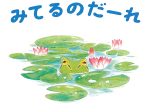
-
現代文化のルーツを探る㊵ 紙芝居
2021/06/18 |
最近息子が絵本に興味を持つようになりました。 それまではYouTubeではたらく車のアニメばか...
- PREV
- 現代文化のルーツを探る⑯ 丼もの
- NEXT
- 現代文化のルーツを探る⑱ 納豆
